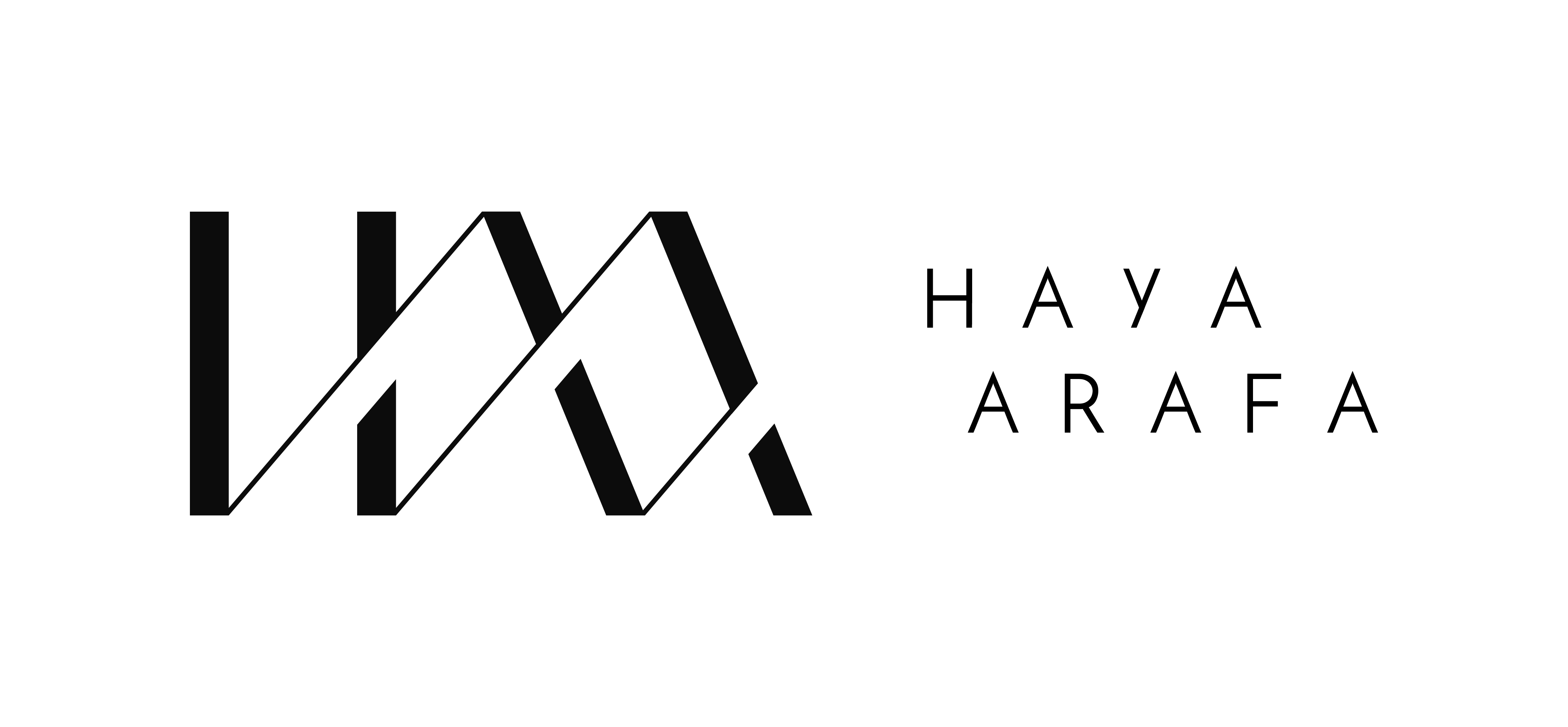
INTERPRETING STANFORD DESIGN THINKING SCHOOL
The crash course starts with a short introduction and slides about Design thinking. Then, gradually into playing and learning through a very engaging session. The objective is to let the participants experience innovation through design thinking and most importantly have fun.
The instructor starts with a fast-paced exercise called “Redefine the Gift Giving Experience” to explain the foundation of design thinking and the 5 stages through a game.
He divides attendees into partners and asks them to dig deep into each other’s emotions and write down the insights that they’ll encounter.
1-Empathize:
︎︎︎ The ability to see the world through other people’s eyes. Very hands-on the experience directly.
You are asked to let your partner (user) reflect on the last gift they gave and how they felt about it and the receiver felt about it. The point here is to gain empathy for your partner about the entire gift experience and actually redefine that experience such that the next time they’ll give a gift, it’s a better experience for them and hopefully for their receivers aswell.
-Take a moment of individual reflection to Capture Findings.
-Reflect on the conversation you had with your user/partner.
2-Define:
︎︎︎ Synthesize needs and insights.
Take the empathy that you gained from your user and craft it into a concise problem statement: Short, specific, and sexy.
-Needs: Think what are trying to do/accomplish (verbs). Example: They’re trying to show love.
-Insights: New learnings/discoveries about your partner’s feelings/worldview to leverage in your design. It doesn’t have to come from your partner’s mouth for you to write it down. Example: Your partner believes that handmade gifts are more meaningful than store buying gifts
3-Ideate:
︎︎︎ Is the process where you generate ideas and solutions through sketching/prototyping/brainstorming.
The instructor asked to Sketch 3-5 radical ways to meet your user’s needs. Don’t try to quality, we’re going for quantity. We’re trying to explore the possibilities and solutions, get outside the box, and have fun. Be visual, no alpha/numeric character.
4-Prototype:
︎︎︎ A “Bias towards action” where building and testing are valued over thinking and meeting. By going to talk to someone or let them try things out.
Test: Share what you drew for your partner.
The reason you are showing your partner the sketches is to get feedback and design what direction to go. Trying to figure out where to head. Think about your sketches as an art of fact to facilitate deep understanding.
-Learning more about your user, and not validation.
-You are not looking to seek whether they like it.
Iterate: Based on feedback incorporate what you have learned about your user and also about your solutions. Now you have a deep understanding of your user, take that understanding, and put it into one single solution sketch.
Prototype: Take that concept and Build actual tangible prototypes of your concept a 3Dimensional concept that your user can engage with.
5-Test:
︎︎︎ Involves generating user feedback as related to the prototypes you have developed, as well as gaining a deeper understanding of your users.
-Share your solution and get feedback : Not as a salesman but as an anthropologist.
-Put your prototype in your user’s hands, let them experience it and get their feedback. Then, start asking questions:
What woked?
What could be improved?
How did you feel about it?
Innovation requires a different way through working, that you have different instincts, being more human-centered in the way you work. Going out and spending time with the people whose lives are impacted by what you do from having empathy for what they experience
-Prototype everything
-Take your ideas and get them out of your head, put them infront of other people to test what’s working and what’s not.
-Be more collaborative, involve different perspectives.
-Innovation is a team sport.
This process can be done in many creative or non-creative fields. As an interior architect, I try to inject it into my design process and implementation. I always find it very helpful to know more about my clients, their behavioral styles, characteristics, how they live, what they love, what they do, what are their values are and what they long for to put myself in their shoes, empathize and start from there.
It’s a self-directing process and it’s directed by your personal senses as a designer of which area you need to explore more based on what you learn and towards what you need to do next.
All the credit goes to “Jeremy Utley” Director of Executive Education @ d.schol &
“George Kembel” Founder and Executive Director @ d.school for this enlightening experience.
References & Where to learn more:

